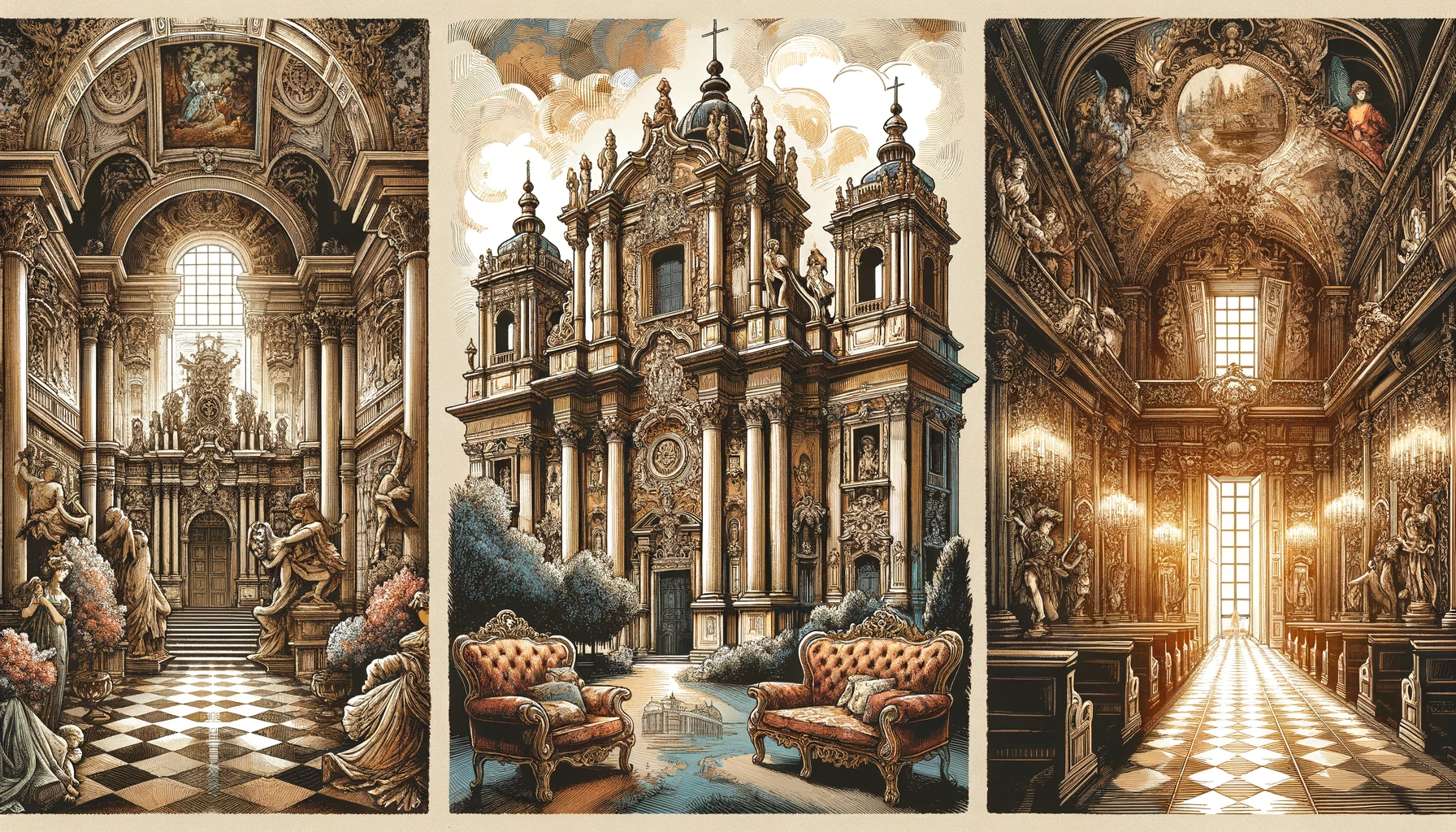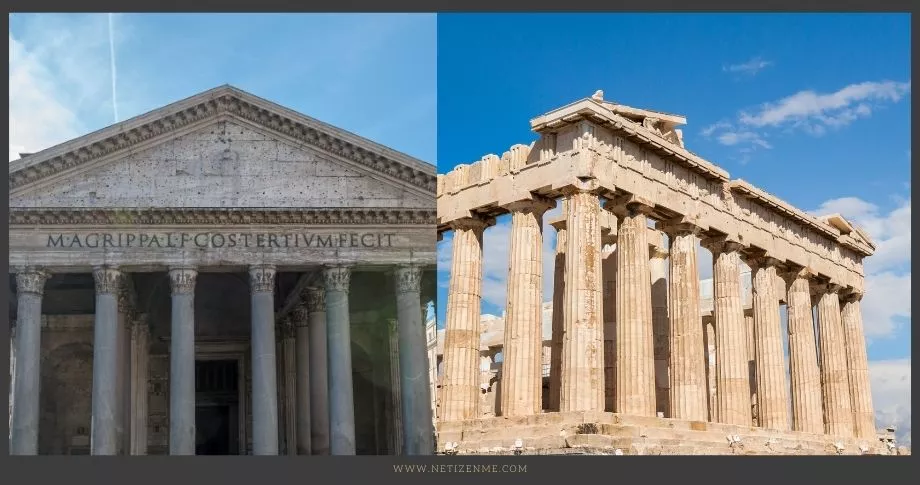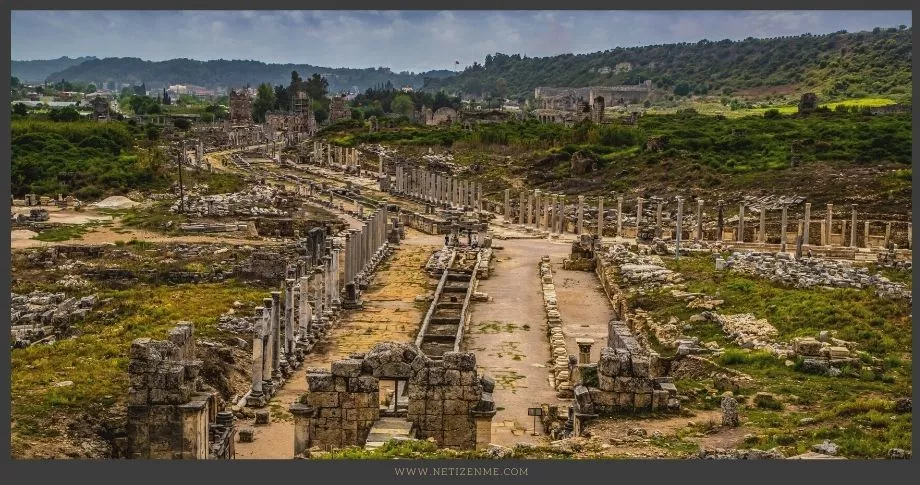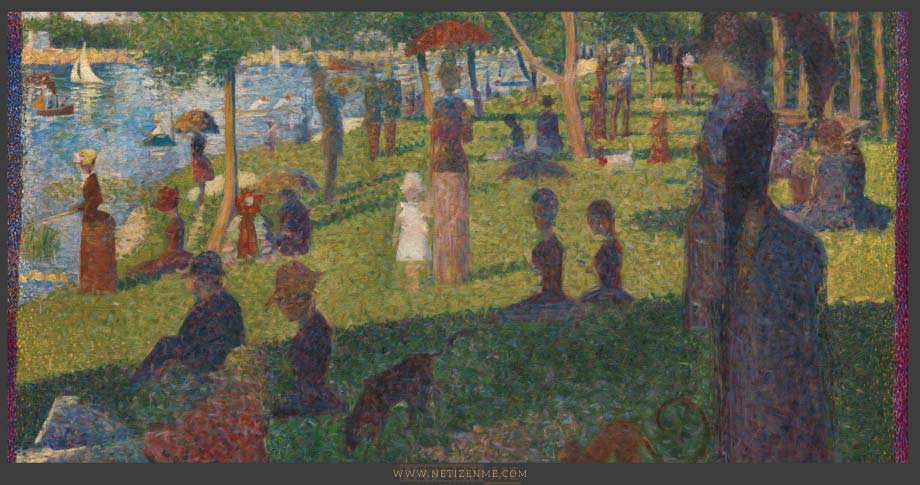Classicism, an artistic movement rooted in ancient Greece and Rome, has left an indelible mark on the world of art. Its enduring influence has shaped artistic standards and ideals for centuries. In this article, we will discuss the Classicism influence on artistic standards, tracing the evolution of Classicism and unraveling its profound impact on how we perceive artistic excellence.
The Classicism influence on artistic standards
Historical Context of Classicism
To comprehend Classicism’s lasting legacy, we must first step back in time to ancient Greece, where the seeds of this artistic movement were sown. The Greeks, with their profound appreciation for order, harmony, and proportion, laid the groundwork for what would later become the cornerstone of Classicism. As the Romans inherited and expanded upon these principles, Classicism became synonymous with the pursuit of aesthetic perfection.
The Renaissance witnessed a revival of Classical ideals, as artists like Leonardo da Vinci and Michelangelo looked to the ancients for inspiration. This period marked the reawakening of Classicism, breathing new life into the art world. Yet, it wasn’t a mere renaissance; it was a rebirth of timeless principles that would echo through the corridors of artistic expression.
Core Principles of Classicism
At the heart of Classicism lies a set of fundamental principles that have guided artists for centuries. These principles include a devotion to symmetry, proportion, and clarity. Artists sought to achieve a perfect balance between elements, mirroring the Greeks’ reverence for the Golden Ratio and the pursuit of idealized beauty.
Classicists, enamored by the purity of form, often drew inspiration from mythological narratives and heroic themes. This intentional choice aimed to elevate art to a realm of timelessness, transcending the transient nature of everyday life.
Classicism Through the Ages
1. Renaissance Revival
The Renaissance was a pivotal epoch for Classicism, marking a resurgence of interest in the art and philosophy of antiquity. Visionaries like Raphael and Botticelli seamlessly integrated Classical motifs into their masterpieces, creating works that echoed the grace and grandeur of ancient Greece and Rome.
2. Neoclassical Enlightenment
As the Enlightenment unfolded, thinkers and artists sought intellectual clarity and order. Neoclassicism emerged as a response, channeling Classical ideals to convey moral virtues and intellectual rigor. Jacques-Louis David, a prominent Neoclassical painter, captured the zeitgeist of the French Revolution through his powerful works, embodying the ideals of liberty, equality, and fraternity.
Classical Art in the Renaissance
During the Renaissance, Classicism experienced a profound revival, marking a transformative period in the history of art. This resurgence was not merely an imitation of the past but a renaissance—a rebirth—of Classical ideals that forever altered the artistic landscape.
Rediscovering Antiquity
The Renaissance, meaning “rebirth” in French, witnessed a fervent interest in the wisdom and artistry of ancient civilizations, particularly Greece and Rome. This cultural awakening inspired artists to delve into classical texts, sculptures, and architecture.
Leonardo da Vinci’s Harmonious Fusion
Leonardo da Vinci, a polymath of unparalleled genius, exemplified the Renaissance spirit. His artworks, such as the iconic “Vitruvian Man,” reflected a harmonious fusion of art and science. By meticulously studying human anatomy and proportion, da Vinci achieved a synthesis of Classical ideals and empirical knowledge.

Michelangelo’s Divine Sculptures and Frescoes
Michelangelo Buonarroti, another luminary of the Renaissance, left an indelible mark on Classical art. His sculptures, including the masterful “David,” echoed the perfection and symmetry championed by ancient sculptors. The Sistine Chapel ceiling, adorned with frescoes depicting biblical narratives, showcased Michelangelo’s mastery in capturing the divine and the human with Classical grace.
Impact on Artistic Standards
The influence of da Vinci and Michelangelo rippled through the artistic community, setting new standards for beauty, proportion, and the depiction of the human form. The Classical ideals they reintroduced became foundational principles for artists seeking to elevate their craft to unprecedented heights.
The Architectural Renaissance
Beyond paintings and sculptures, the Renaissance embraced Classical architecture. Inspired by the grandeur of ancient structures, architects like Filippo Brunelleschi and Andrea Palladio designed buildings that echoed the elegance and balance of Classical temples.
Influence on Artistic Standards
The impact of Classicism on artistic standards transcends time, shaping the very essence of what is deemed excellent in the world of art.
1. Striving for Balance
Classicism introduced the concept of balance, an equilibrium that artists sought to achieve in their compositions. This harmonious arrangement of elements, whether in a painting or sculpture, became a hallmark of artistic excellence.
2. Pursuit of Clarity
Clarity, another tenet of Classicism, urged artists to communicate their ideas with precision and transparency. The deliberate use of form, line, and perspective aimed not just to depict but to elucidate, setting a standard for artistic clarity.
3. Idealization as a Standard
Classical art revered idealization—the representation of subjects in their perfected form. Artists aspired to capture not only the physical attributes but also the essence of beauty and virtue, elevating their works to a standard of timeless idealization.
Legacy of Classicism
Classicism’s enduring legacy extends far beyond the canvas. Its influence is evident in the architecture of monumental structures like the U.S. Capitol, inspired by the grandeur of Classical temples. The echoes of Classical aesthetics reverberate through literature, music, and even contemporary art, attesting to the timeless allure of Classical principles.
In concluding this article on the Classicism influence on artistic standards, we recognize that its impact on artistic standards and ideals persists in the collective consciousness of the art world. From the birth of democracy in ancient Greece to the tumultuous revolutions of the modern era, Classicism remains a guiding force, reminding us that the pursuit of beauty, order, and virtue is an endeavor that transcends time.
This article is written by:
Our professional writers and editors are passionate about sharing high-quality information and insights with our audience. We conduct diligent research, maintain fact-checking protocols, and prioritize accuracy and integrity to the best of our capacity.
You can cite our articles under the author name "Netizenme"





